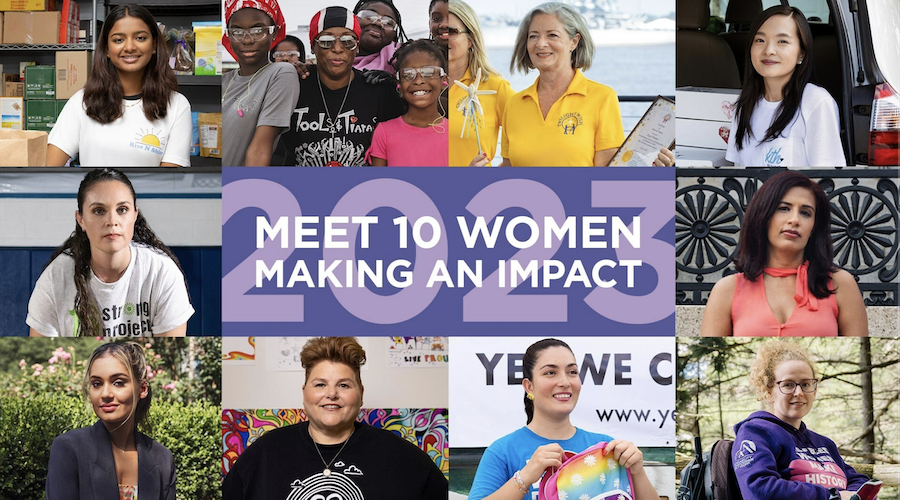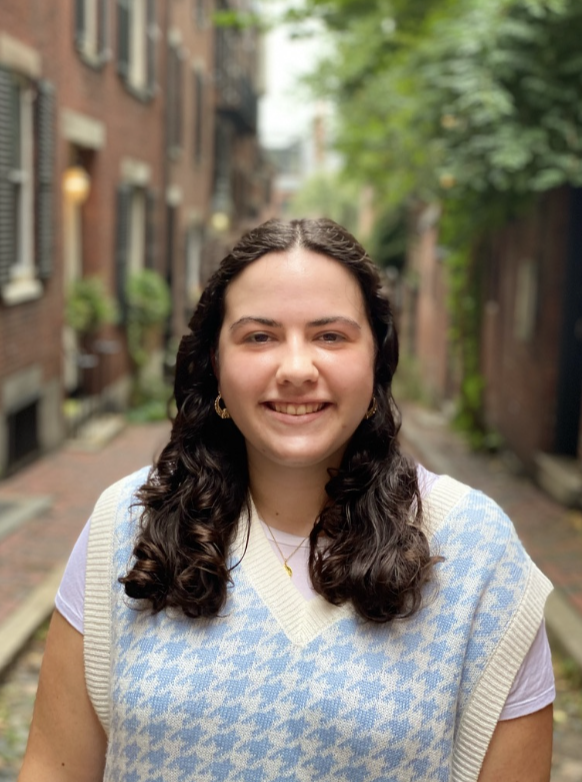“Female genital cutting is practiced to control women's sexuality.”
This statement was one of the first things I learned as I read through materials on Sahiyo’s website when I began my internship, as an Events and Programs Intern. This inspired me to think about how harmful female genital cutting or FGC is, and how it is still being practiced even with the advancement in education and knowledge. I find it concerning how patriarchy can restrain a woman's sexual desires, rather than celebrate them.
I decided to do some research about FGC and the outcomes of the practice, particularly in relation to sexual pleasure, as well as how survivors can heal sexual traumas as a result of FGC.
How does FGC affect sexuality?
A study by the National Library of Medicine explores this complexity in women, and how FGC may or may not affect their pleasure and orgasm.Every woman is uniquely different; there are many women who have undergone FGC but who don’t report experiencingsexual challenges.
Women's sexuality is a complex integration of biological, physiological, psychological, social-cultural, and interpersonal factors. All these factors contribute to achieving sexual satisfaction. Orgasm is, in my opinion, the pleasure that people should experience during sexual engagement; it is one part of a woman’s sexual satisfaction.
According to the World Health Organization (WHO), "removal of, or damage to, highly sensitive genital tissue, especially the clitoris, may affect sexual sensitivity and lead to sexual problems.” The underlying effects on women who are affected by FGC in terms of their sexuality in regards to orgasm specifically can include pelvic inflammatory diseases, which contributes to the absence or reduction of orgasms. The disorder in a woman's failed orgasm is called Female Orgasmic Disorder.
Considering that sexual pleasure should be a human right, I think it is important for survivors to be supported in their healing after the trauma and pain of FGC, which often removes the ability for sexual pleasure.
Healing Process
In learning about all the experiences that FGC survivors can undergo related to sexual challenges, I thought it important to consider the healing process as well, and found that it can include:
- Mindfulness which involves pausing and reflecting during sexual activity to study your body’s behavior which can be key to the healing process. Mindfulness may allow the survivor to understand their body better and study ways of experiencing pleasure while still healing from physical and emotional scars.
- Somatic therapy involves the psychological process of healing the brain from traumatic experiences. It helps to release stress, tension, and trauma from the body.
- Physical and mental preparation before sex allows your brain and body to adjust from the activity so that pleasure can be achieved.
- Learning the erogenous zones and additional ways that one may feel pleasure/arousal.
- For Pelvic floor dysfunction, where either muscles in the pelvic floor are too weak or too tight, physical therapy can bring out the restoration process. Through exercises, pelvic pain can also be reduced. For survivors experiencing this condition, Sahiyo has been a key player in spreading information on pelvic pain.
Sahiyo also hosts our Dear Maasi column, an anonymous advice column for all questions about FGC, sex, and relationships that can be a great resource for survivors and those supporting survivors.
Sexual healing is not a destination; it is a process that does not involve a linear path, but rather a winding path with many possible forms of healing. For survivors, support is key, and we all can find ways to support those in our lives who have undergone this experience.






